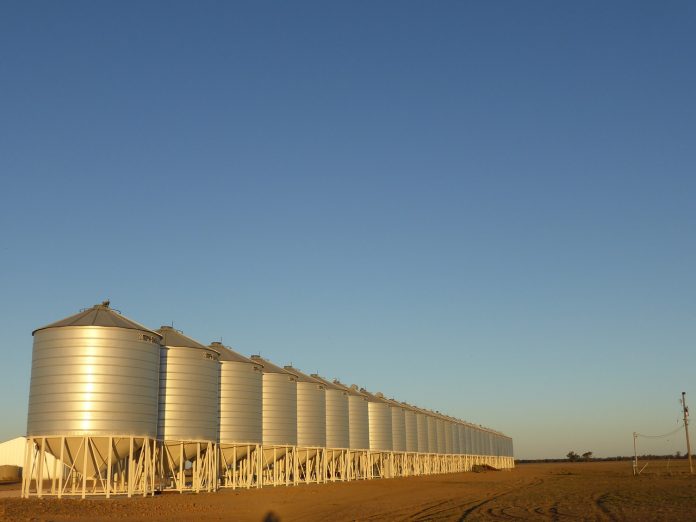We have always had certain traditions in the Clark family. Thanksgiving dinner, for example, was actually Thanksgiving lunch. Of course, “dinner” was actually “supper” — some of you know what I mean.
After lunch, we would put on the Carhartts and crank up the open tractor that we used the pull the two-row corn picker. In a good year, there were just a few acres left, and I remember years when the biggest Thanksgiving was finishing corn picking for the year on that day.
Sometimes harvest ran into those hardy days in January after snow melted for a couple of days and the ground froze. Sometimes, with good weather, not common in Ashtabula County in the fall, we were done and celebrated that.
Harvests of youth
There were good reasons why harvest lasted later in my youth. We didn’t plant as early in years there was still a foot of snow on the ground in the end of April. We were not as obsessed with early planting, and ground preparation took a lot longer with 16-foot wide equipment and extensive tillage of the “dust mulch” variety.
The old corn varieties did not dry down as fast. We were not using grain carts and 12-row combines. It took a lot of work and time to harvest a few hundred acres with a picker.
It always interested me that — farming along state Route 11 — relative strangers kept track of our progress: “I see you finished filling the eighth corn crib,” might be a comment heard on a run to the bank or parts store. That was then, and this is now. After sporadic rains, we have finally finished harvest, although there were big fields of corn knocked down just the last few days in my neighborhood.
I know harvest is finished because the U.S. Department of Agriculture says it is. The crop progress report was released Nov. 29, and there was no harvest progress shown for corn and soybeans for the first week. If you want to know about cotton, let me know.
The lack of harvest progress statistics does not just indicate the end of harvest. We are entering a black hole of information right now. During the last week of November and all of December, the number crunchers working for Uncle Sugar have little notable to say.
Trends
There will be December reports, but historically they will be ignored by the markets. What there is to be known is now known. At least, that is the attitude. Some reactions might be seen if there are any surprises in the January “inventory” reports, but we don’t anticipate surprises. So, we are left with trends.
We have a soybean market that has trended lower during harvest, as the South American crops seem to be improving, and we found more inventory at the end of the 2020-21 marketing year than we expected, although it might have come from early soybean varieties planted to capture high basis as we ran out of old crop.
Current projections now have us thinking that the carryout at the end of 2022 might not be as tight as thought.
We seem to be hunting a bottom on soybeans, although early trading Nov. 30 as this was being written had soybeans down a dime. The January futures were trading at $12.31. The high goes back to June 19 when we got up to $14.201⁄4. A lot has happened since then. We actually got as low as $11.811⁄4 Nov. 9, so things could be worse.
Corn
The corn, however, has taken a different path. Although we got as low as $5.063⁄4 Sept. 10, we have rallied to approach the high recently. On Nov. 24, just before our Thursday holiday, we hit $5.963⁄4. That is close to the high of $5.993⁄4 made clear back Aug. 12.
The new crop December 2022 futures actually made a new contract high of 5.65 Nov. 24. The December ’23 contract also had a new high, at $5.15 Nov. 17. Corn prices are encouraging, but the high costs of inputs mean that these high prices do not indicate great net margins. It will be hard for the market to “buy acres” with these costs. And, the usage picture in corn might be even better than USDA is so far predicting.
The current ethanol margins, coupled with high gasoline prices, could lead to significantly higher usage of corn. Good margins in livestock could also result in more demand. For the week, corn was up 16 cents, but soybeans were down a dime.
Wheat
Currently, the competition for prices in the different wheat classes has moved back to the Kansas City wheat, and, to a lesser degree, the Chicago soft red winter futures market. For the week, Minneapolis was down 29 cents after being the lead market for several months. Kansas City was up 30 cents and Chicago was up 2 cents.
The wheat market is running out of hype, although Russian export taxes are helping us compete, and the Minneapolis spring wheat is in short supply and will continue to trade in the stratosphere.













